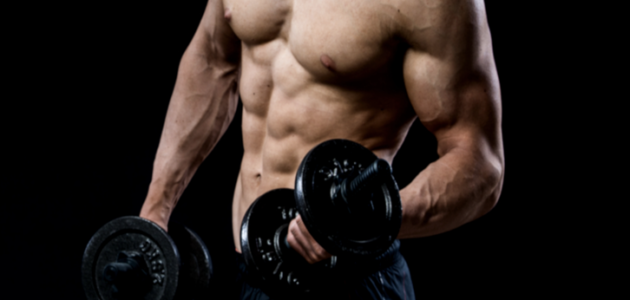No Pain, Injury, or Injuries
Let’s not forget the obvious reasons. When lifting heavier weight, technique and form are often sacrificed. You may have difficulty breathing and recruiting muscles that aren’t supposed to be engaged in order to lift this weight. Bench pressing is the best example. If someone is lifting too much weight they must arch their back and lift the hips. Most people don’t have any issues lifting the weight as long as they can do so. This is until it starts to hurt. If the weight cannot be moved at the same speed as it can in, and vice versa then the weight is too heavy. It is too heavy if you need to use momentum or rocks to move it. This brings me to the next benefit.
Full contraction
What is a complete contraction? As a muscle activation technology specialist, your job is to make sure that my clients’ muscles contract more effectively. Your muscle can contract fully, which increases blood flow and allows you to build specific muscles. You can push or pull a lighter weight through the full range. Let’s take the bicep curl as an example. Let’s assume that you start with your arms at your sides and a dumbbell in your other hand. Let’s assume that your end position is one where you have the dumbbell in each hand and your palm facing up. As the weight increases, your ability to bring your arm back up and down becomes less effective. You are losing 20% of the strength that you could be building if you stop mid-motion, or at 80%. You can recruit new muscle groups as you fatigue and compensate by leaning to one end or rocking to the other to lift the weight.
Full range of motion
You will be able to move your entire body if you get a full contraction. Many of us who train regularly in a gym know that we can pull or push through certain exercises and not others. These exercises are the best time to either lift a lighter weight or force yourself through the range of motion. This is best illustrated by the dumbbell or row. The row is meant to be a back- and posterior-shoulder exercise. If the weight is too heavy, the majority of the rowing will be done with long heads of triceps or teres major. Many people don’t even manage to raise their arms enough to engage the correct muscles. How can you tell if you’re working the correct muscles and possibly have reached your full range of motion? You will see that your spine is close to the medial border of the scapula if your form is correct. Keep your head up, which you should do with a row, and you’ll feel the cervical muscles engage. They also assist with retraction. If the resistance is not felt in the posterior shoulder, your weight may be too high and you aren’t exercising through all of the motions.
This post was written by Darryl Johnson, Co-Owner of Apex performance. At https://theapexperf.com/ we are a community of highly trained experts looking to provide performance enhancement and a permanent lifestyle change for our clients in a fun and interactive environment. Members can take advantage of one-on-one training, small group classes, and specialized courses for a wide variety of athletics, sports training, and body goals!






